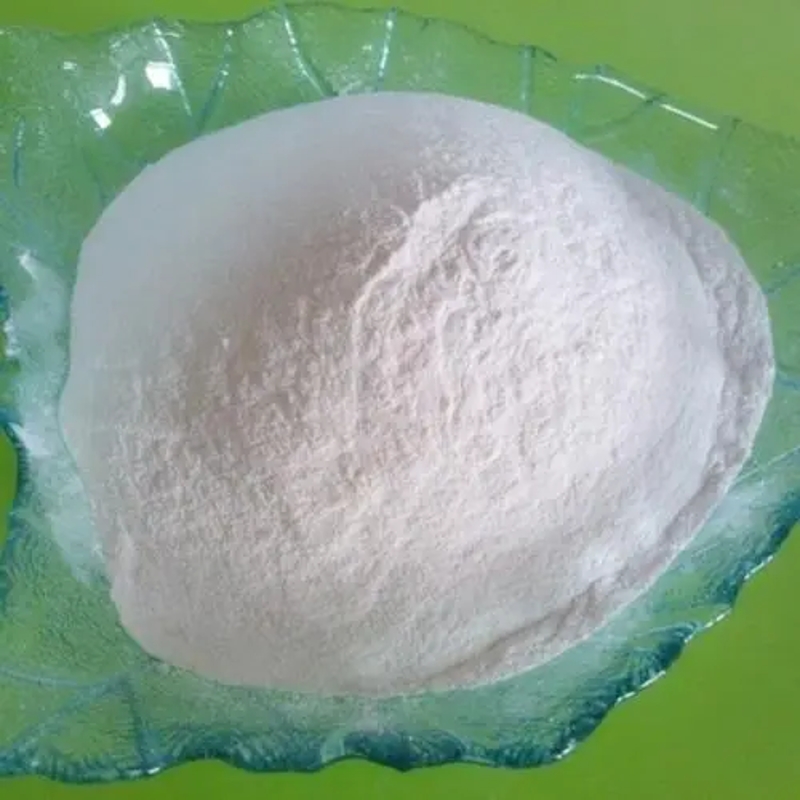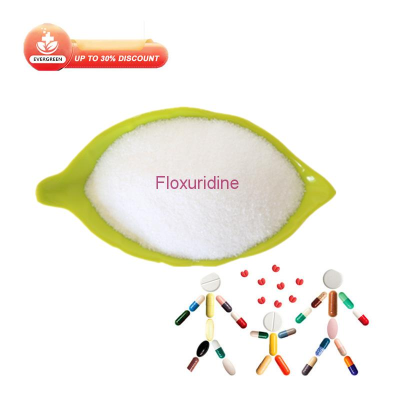Predicttheidh wild GBM core signal path through MRI imaging histology and second-generation sequencing
-
Last Update: 2020-06-26
-
Source: Internet
-
Author: User
Search more information of high quality chemicals, good prices and reliable suppliers, visit
www.echemi.com
Glioblastoma (GBM) is a common malignant brain tumorSecond-generation sequencing (NGS) enables highly sensitive tumor genomics analysisJi Eun Park of the Institute of Radiology and Radiology at Ulsan University School of Medicine in Seoul, South Korea, combined with MRI Dispersal Weighted Imaging (DWI) and Perfusion Weighted Imaging (PWI) imaging histology with NGS to predict the hexaric acid dehydrogenase (IDH) wild GBM core signaling pathway, published online in December 2019research methodsincluded 120 cases of glioma from March 2017 to February 2019, aged 52 to 13 years, 61 females; Based on NGS and MRI imaging data, an imaging genomics model is established (Figure 1)The model was evaluated to predict the performance of IDH wild GBM, including receptor tyrosine kinase (RTK), tumor protein p53 (P53) and retinoblastoma (Rb) by using t-test, minimum absolute shrinkage and selection factor algorithm (LASSO) and random forest algorithm to extract imaging genomics features, and the model was evaluated by imaging genomics characteristics, patient age, sex and tumor site, and area under the subject's working characteristics curve (AUC)Figure 1Build an imaging genomics modelI-III image acquisition, segmentation, signal strength normalization and registration; IV, Vto select image histological characteristics and second-generation sequencing results as reference standards; VIselect features, and combine clinical prediction indicators such as age, sex and tumor site to modelresultsfound that compared with the study group, the average age of the test group was larger, the patients with IDH wild type GBM were more, and the 1p19q total deletion type was lessIn addition, RTK and Rb paths are common in the validation groupIn addition, the most common mutations were the absence of RTK pathway PTEN (32 percent in the learning group and 40 percent in the validation group) ;p 53 path P53 (33 percent in the learning group and 49 percent in the validation group), and the cell cycle protein-dependent kinase inhibitor of the Rb pathway 2A deficiency (28 percent of the learning group and 37 percent of the validation group)using t-test and LASSO algorithm to further remove the extra image histological features, 23, 19 and 29 features related to EGFR amplification, PIK3CA error mutation and PTEN deletion were selected in the RTK pathwayThe predictive performance of the learning group is 0.72-1.00, while the validation group is relatively low, such as EGFR amplification AUC is 0.65 (95% CI, 0.45, 0.84), PIK3CA The AUC for the wrong mutation is 0.54 (95% CI, 0.32, 0.77) and the Missing AUC of PTEN is 0.70 (95% CI, 0.50, 0.89)In the p53 path, 6 and 11 characteristics related to MDM2 amplification and P53 deletion were selected, and in the validation group, the AUC of MDM2 amplification was 0.70 (95% CI, 0.21,1), and the AUC missing P53 was 0.75 (95% CI, 0.59, 0.92)In the Rb pathway, 3, 6 and 26 characteristics associated with cell cycle protein-dependent kinase 4 amplification, cell cycle protein-dependent kinase inhibitor 2A deletion, retinoblastoma loss mutation were selected, and in the validation group, the aUC of cell cycle protein-dependent kinase 4 amplification was 0.7 (95% CI, 0.0.) 52,0.89), cell cycle protein-dependent kinase inhibitor 2A missing AUC is 0.77 (95% CI, 0.58, 0.97), And Rb missing mutation AUC is 0.87 (95% CI, 0.59,1) (Figure 2)Figure 2Heat maps are generated using hierarchical clustering unsupervised algorithms for image clustering and clustering of image group selected from the training (left column) and validation (right column)Each column in the heat map represents the imaging histological characteristics selected from each mutant geneThe top tree chart represents a grouping of image groupings with similar informationThe corresponding color map represents the distribution of age and pathways: path negative (grey), RTK path positive (purple), P53 path positive (blue) and Rb pathway positive (orange)MRI anatomical imaging had the highest diagnostic performance in predicting MDM2 amplification of the p53 pathway, P53 deletion, and RB1 deletion in the Rb pathDWI has the highest diagnostic performance in predicting EGFR amplification of the RTK pathway, PIK3CA misidentification mutation, PTEN deletion, and cell cycle protein-dependent kinase 4 amplification of the Rb pathwayPWI has the highest diagnostic performance in predicting cell cycle protein-dependent kinase inhibitor 2A deficiency in the Rb pathwayusing NGS combined imaging genomics function to predict the core signaling pathways of IDH wild GBM show that each core signaling pathway includes at least one gene mutation, such as RTK pathways: EGFR amplification, PIK3CA misidentification mutations and PTEN deletion;the main features of the RTK pathway are 3 ADC characteristics, one FLAIR feature, and ageThe main features of predicting the p53 pathway were 3 T1 weighted enhanced imaging features, 1 brain blood volume characteristic and 1 ADC featureThe main characteristics of predicting the Rb pathway are 3 ADC characteristics and 2 brain blood volume characteristicsthe IDH wild TYPE GBM, using NGS combined imaging genomics model, predicted the RTK pathway in the study group AUC of 0.87 (95% CI, 0.80, 0.95), in the validation group AUC was 0.88 (95% CI, 0.74,1); Predicted p53 path aUC in the learning group was 0.80 (95% CI, 0.70, 0.89), a UC in the validation group was 0.76 (95% CI, 0.59, 0.92); Predicted Rb Path aUC in the learning group was 0.84 (95% CI, 0.76, 0.92), and a UC in the validation group was 0.81 (95% CI, 0.64, 0.97);Conclusions the study found that the use of NGS combined with DWI and PWI-based imaging genomics models can help predict the core signaling pathways of IDH wild GBM and provide reference for GBM targeted therapy Copyright Notice the copyright of works published by Outside Information APP, including but not limited to text, pictures, videos, are owned by the sponsor/original author and of the God's Information , and no one may steal any content directly or indirectly by means of adaptation, cutting, reproduction, reproduction, recording, etc without the express authorization of the outside information Works authorized by the Outside Information shall be used within the scope of authorization, please indicate the source: the of the Outside Information If there is a violation, outside the information will reserve the right to further pursue the legal liability of the infringer outside the information welcome individuals to forward and share the works published by this number.
This article is an English version of an article which is originally in the Chinese language on echemi.com and is provided for information purposes only.
This website makes no representation or warranty of any kind, either expressed or implied, as to the accuracy, completeness ownership or reliability of
the article or any translations thereof. If you have any concerns or complaints relating to the article, please send an email, providing a detailed
description of the concern or complaint, to
service@echemi.com. A staff member will contact you within 5 working days. Once verified, infringing content
will be removed immediately.







